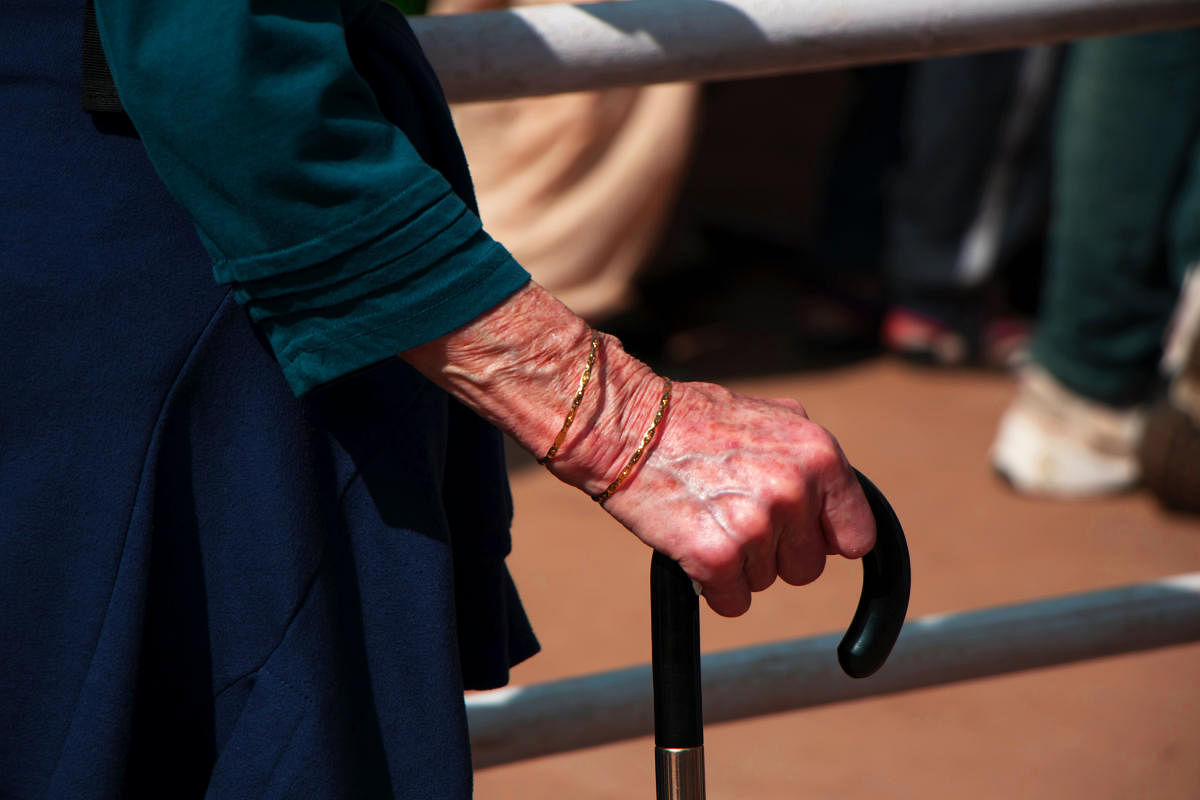
India’s life expectancy at birth improved from 68.6 years to 69.7 years in the 2015-19 period, as per the recently released “abridged life tables” 2015-19 of the Sample Registration System (SRS). But this can be considered only a minor achievement, both in terms of comparative figures and the details of performance of different states and regions. It is well below the global average life expectancy of 72.6 years. It took about 10 years for the country to gain two years in life expectancy. Over a longer period in the past, the rise in life expectancy has been very big and creditable as it moved from about 32 years at the time of independence to the present level. But the neighbouring countries of Bangladesh and Nepal have higher life expectancy at birth of 72.1 and 70.5 respectively, and it is much less than China’s 76.9 years. Karnataka’s life expectancy is 69.5, which is below the national average and the lowest in the South.
What is of bigger concern is the huge differences between states and between urban and rural areas. Urban women in Himachal Pradesh had the highest life expectancy at birth of 82.3 years, while rural men in Chhattisgarh had the lowest at just 62.8 years. Even when it is better than the global average in some states like Delhi, Kerala, Jammu & Kashmir, Himachal Pradesh, Punjab and Maharashtra, none of them surpasses China. Available data provides useful pointers to the performance of states. It has been noted that the gap between life expectancy at birth and life expectancy at age one or age five is biggest in states with the highest infant mortality rate (IMR). Children who survive their first and second years stand a much better chance of living longer. That should give us a clue to how we can improve life expectancy.
That makes it clear that life expectancy is decided more by access to health facilities, nutrition and clean water and hygiene in the first two years than by access to healthcare and medical facilities in later life. The health of pregnant women and young mothers is also important because underweight children and those without access to nutrition and healthcare face serious risks to health and life. One other inference is that those with a lower social and economic status, such as Dalits, Muslims and tribals, have lower life expectancy than those from more privileged sections. Environmental factors also have a major influence on life expectancy. It is estimated that air pollution reduces the life expectancy of about 40% of Indians by more than nine years. The Covid pandemic is considered to have reduced it by two years. With the economy and the environment facing serious challenges, the efforts to improve life expectancy gets tougher.